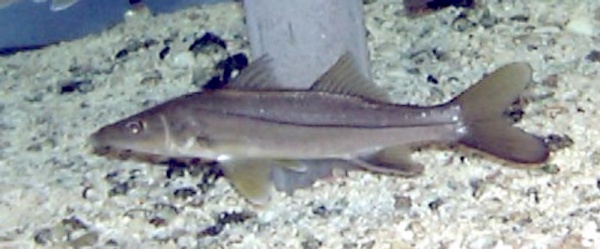Facts About Centropomus
Centropomus is a captivating genus of fish, commonly referred to as snooks or róbalos, belonging to the family Centropomidae. The most renowned member is the common snook (Centropomus undecimalis). These fish flourish in tropical and subtropical waters, inhabiting both the western Atlantic and eastern Pacific Oceans. They are not only highly sought after by anglers for sport but are also esteemed for their culinary value. Snooks vary in size, generally ranging from 35 to 120 cm in length.
Until 2004, the subfamily Latinae was considered part of Centropomidae. However, following a comprehensive phylogenetic analysis, Latinae was elevated to family status and renamed Latidae. This revision left Centropomus as the sole genus within the Centropomidae family.
Snooks are carnivorous, with a varied diet primarily composed of crustaceans and other fish. They inhabit diverse environments, including coral reefs, estuaries, and mangrove swamps, demonstrating remarkable adaptability. Notably, the name Centropomus is derived from Greek, meaning "center" and "cover" or "operculum."
There are six species of Centropomus in the Atlantic and another six in the Pacific, each region hosting its distinctive species. These fish are versatile, capable of thriving in both freshwater and saltwater environments. For example, some species are found in Gatun Lake, which connects the Atlantic and Pacific Oceans.
Identifying different species within the Centropomus genus can be quite detailed. For instance, the common snook and the Mexican snook appear almost identical, but they can be distinguished by the number of gill rakers. Similarly, the white snook differs from the common snook mainly in its gill raker count, while the black snook is notable for its distinct body shape and the length of its dorsal spines.
The genus includes a variety of species such as the armed snook, swordspine snook, blackfin snook, fat snook, and tarpon snook, each with unique characteristics. These diverse species are vital not only for recreational and commercial fishing but also play significant roles in their respective marine ecosystems.

 Brazil
Brazil